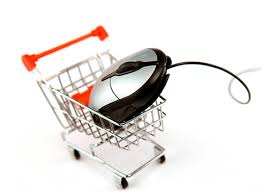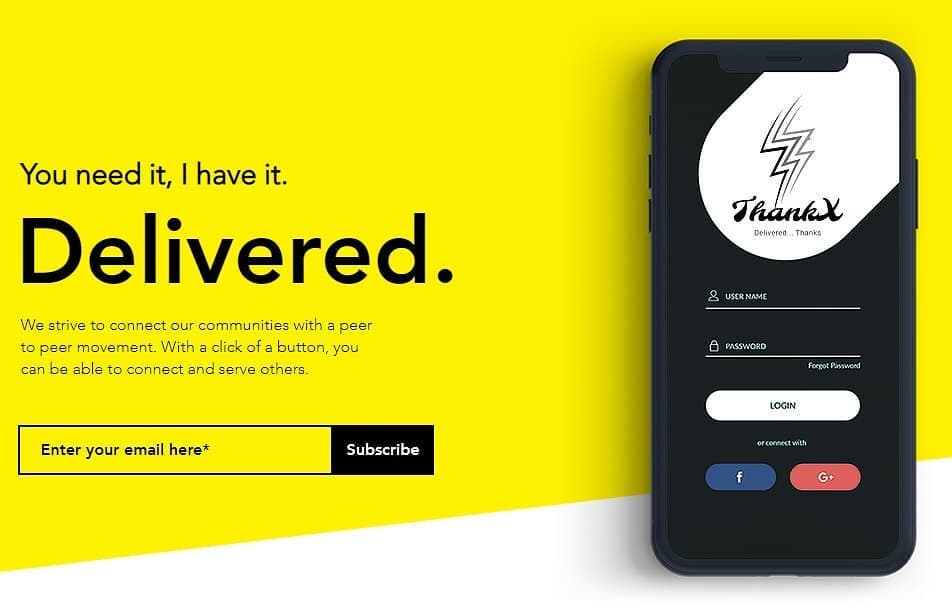
Not all shopping carts are built the same. Some types of shopping carts convert better than others and a different type of shopping cart set up is needed for different products, services, and online shoppers. The key is finding what works for you and your shoppers. Increasing your conversions should be an ongoing process, always testing what works for you, finding the right balance of technology, establishing trust, and evaluating why customers do or do not buy.
Balancing Technology for All Users
It is all about finding the right balance between making sure that the shopping cart is easy to use for the most basic of internet users while still having the technologically advanced level experienced users expect. Adding in the auto-fill and other conveniences to assist your shoppers in getting the job done quickly is also a great feature to have.
Test What Works for You
It is important to continually test and optimize your shopping cart according to your specific products and services for your specific customers and target audience. What works for other websites may not be what works for yours; and you will not know this until you test out different variables, different designs, and varying color options. There is a great deal of psychology involved in online shopping cart optimization. Certain key words and certain colors will work better for some websites than others.
Establishing Trust
It is important for web designers and website owners to understand the paramount level of trust that must be acquired for shoppers (especially new customers) to give over their credit card information, email address, phone number and address. Establishing a level of trust and professionalism should always be a goal for your online shopping cart. Transparency and security features will go a long way towards showing shoppers that your company is trustworthy.
Evaluating Why Abandonment Occurs
Many more customers start a checkout process and abandon the shopping cart before completing a sale. Evaluating where they leave can lead you to clues as to why they left. You can set up a shopping cart checkout funnel within Google Analytics so that you can see where most of your shopping cart visitors are leaving. This can help you pinpoint what could be wrong and decrease the shopping cart attrition rate significantly.
Here are 10 tips that will help you increase shopping cart conversions and reduce shopping cart abandonment:
- Do not require registration. Requiring registration just puts up a barrier between your customer and a completed sale. It also often throws up a red flag for untrusting customers who want to know why you need to keep all of their information. Make sure that your shoppers can complete a sale without signing up for anything and by just requiring the basic information needed to charge the customer and ship their order or deliver what they ordered.
- Show shipping costs right away. Consider your own online shopping experiences and consider the things that you would not like to happen to you. There is little worse than wasting a shopper’s time completing all of the checkout process for them to find out on the last page that shipping cost is more than they wanted to pay. If your shipping costs are high, instead of trying to bury them at the end of your checkout process, you should consider alternative pricing strategies because everyone hates to pay for shipping.
- Offer multiple shipping rates and services. Another alternative to defray higher shipping costs is to offer budgeted shipping options. Let your customers choose how fast they need to receive the shipment of their order and also how much they pay for the shipping. If your shipping rates are high, then offering less expensive options can give customers the option to pay less, even if the delivery will take longer and may not include features such as tracking or delivery confirmation.
- Keep same design as your website. One thing that surely will scare off shoppers is if the site suddenly looks different just as they are about to enter in their personal details and credit card information. Making sure that your shopping cart has the same look and feel as the rest of your website will help instill trust and confidence. Consistency is a rather important point across your entire website, not just the shopping cart.
- Show them you are trustworthy. Consider how new customers are making a big leap of faith sharing their information and credit card details with you. Transparent messaging will show them that you are trustworthy, but other factors can greatly increase your trust factor such as: buttons and badges from shopping sites, community networks, and high ratings from review sites.
- List Return Policy, Guarantees and Warranties. To show that you are trust worthy, list things like a hassle free returns policy as well as any guarantees or warranties and offer a link that opens in a new window for more details. Make the messaging about these as simple and to the point as possible.
- Display Policies & Information. If you have specific policies or information that your customers need to see before placing an order, communicate that with them (also in a concise and to the point message) with a link that opens in a new window that will detail the information or policy.
- Do not complicate the process. The less distractions, the better. Focus your customers on completing the checkout process and making their purchase. Find the right balance between posting the badges for trust, guarantees, warranties, and links to policies while keeping the process simple with the least amount of distractions possible. Many websites offer a one page check out process, which is the ultimate in simplicity. Evaluate if that will work for your company.
- Leave a Clear Path to Follow. Do your customers know where to go next in the checkout process? Make sure that that the “continue” or “check out” buttons are large, bright, and clear so that shoppers do not get lost or distracted. Of course the one page check out process detailed above is ideal in this situation because your shoppers would not have multiple “continue” or “check out” buttons to have to find and click on. Also make sure that customers know when the shopping process is successfully completed. Displaying a “Thank You” page is part of the best practices that can not only let the customer know that they completed the sales process, but thanks them, and gives them next steps – what should they expect to happen next.
- Follow Through. Do not assume that once the sale is complete that your job is done, because it has just begun. After alerting your customer what to expect next on the Thank You Page, as outlined above, follow up with an email. If your customer is not sure that the process was completed successfully and that their order is being processed, they might cancel it. Thank them for their business, detail their order, and let them know when to expect their order to be shipped and delivered. Make sure that these details are very clear and that customers do not assume that your ship date is the delivery date. Keeping in contact with your customers throughout the entire order process will ensure a satisfied customer.
Richard Larson is Brand Manager at GoPromotional branded mugs. He likes writing about business and eCommerce topics and ideas. He also has a background in marketing.




